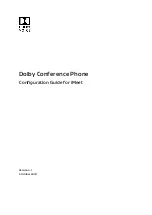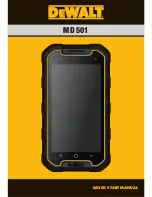
87
Gigaset SL910A/SL910 / GBR-IRL / A31008-M2300-L101-2-7619 / appendix.fm / 6/19/13
Te
mplate L
ion
A5, V
e
rsion 2,
01.03.201
2
Appendix
Disposal
Batteries should not be disposed of in general household waste. Observe the local waste dis-
posal regulations, details of which can be obtained from your local authority.
All electrical and electronic products should be disposed of separately from the municipal
waste stream via designated collection facilities appointed by the government or the local
authorities.
This crossed-out wheeled bin symbol on the product means the product is
covered by the European Directive 2002/96/EC.
The correct disposal and separate collection of your old appliance will help
prevent potential negative consequences for the environment and human
health. It is a precondition for reuse and recycling of used electrical and elec-
tronic equipment.
For more detailed information about disposal of your old appliance, please contact your local
council refuse centre or the original supplier of the product.
Appendix
Care
Wipe the device with a
damp
cloth or an antistatic cloth. Do not use solvents or microfibre
cloths.
Never
use a dry cloth; this can cause static.
In rare cases, contact with chemical substances can cause changes to the device’s exterior. Due
to the wide variety of chemical products available on the market, it was not possible to test all
substances.
Impairments in high-gloss finishes can be carefully removed using display polishes for mobile
phones.
Contact with liquid
If the device comes into contact with liquid:
1
Disconnect the power supply.
2
Remove the batteries and leave the battery compartment open.
3 Allow the liquid to drain from the device.
4 Pat all parts dry.
5 Place the device in a dry, warm place
for at least 72 hours
(
not
in a microwave, oven etc.)
with the battery compartment open and the keypad facing down (if applicable).
6
Do not switch on the device again until it is completely dry.
When it has fully dried out, you will normally be able to use it again
!
















































